Home>Furniture & Design>Bathroom Accessories>How To Tell If A Bathtub Is Acrylic Or Fiberglass?
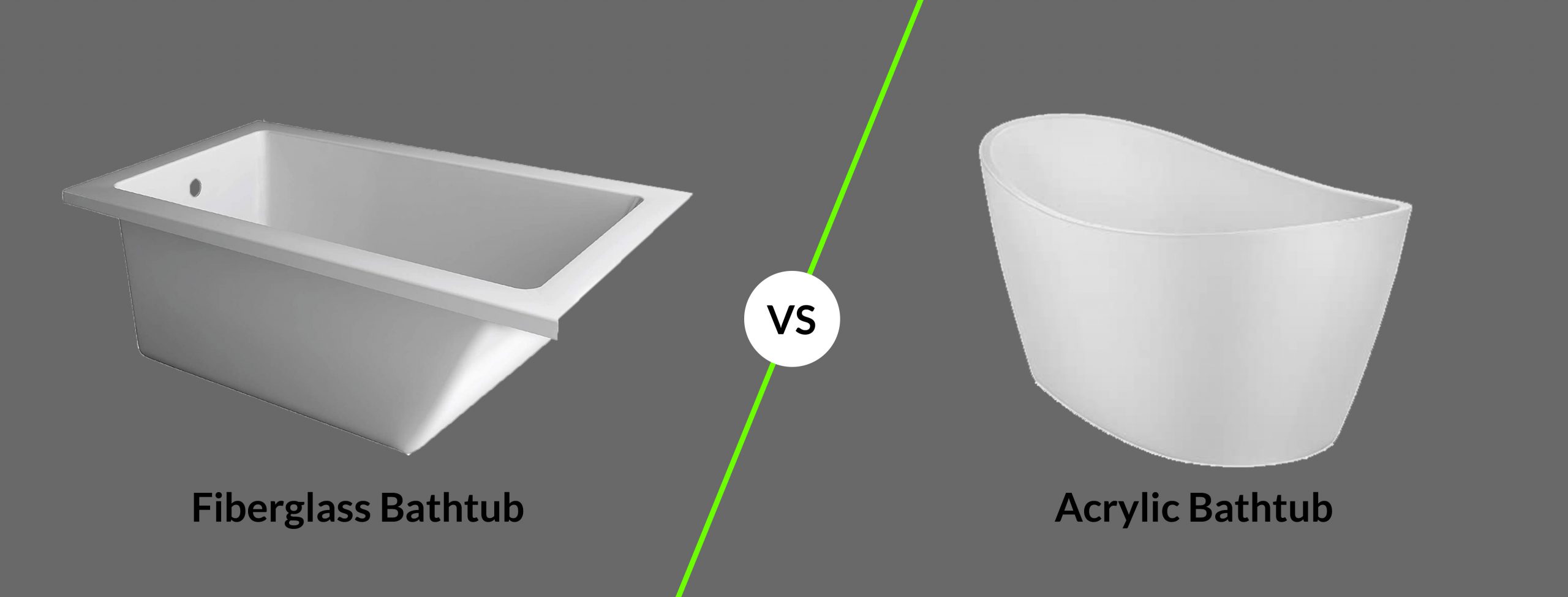

Bathroom Accessories
How To Tell If A Bathtub Is Acrylic Or Fiberglass?
Modified: May 6, 2024
Learn how to distinguish between acrylic and fiberglass bathtubs with our expert guide. Find the best bathroom accessories for your tub!
(Many of the links in this article redirect to a specific reviewed product. Your purchase of these products through affiliate links helps to generate commission for Storables.com, at no extra cost. Learn more)
Appearance and Texture
When it comes to differentiating between acrylic and fiberglass bathtubs, paying attention to their appearance and texture can provide valuable clues.
Acrylic bathtubs typically have a smooth, glossy surface that exudes a luxurious and modern aesthetic. The material's high-quality finish often resembles the appearance of porcelain or enamel, giving it a sleek and polished look. Upon closer inspection, you may notice that the surface of an acrylic bathtub is non-porous, contributing to its smooth texture and ease of cleaning. This non-porous characteristic also makes acrylic bathtubs resistant to stains and discoloration, enhancing their durability and longevity.
On the other hand, fiberglass bathtubs exhibit a slightly different appearance and texture. While fiberglass can also be finished with a smooth and glossy surface, it may not possess the same level of luster and depth as acrylic. The texture of fiberglass can sometimes feel slightly rougher to the touch compared to acrylic, and it may display a subtle matte finish in some cases. This variation in texture is due to the composition of fiberglass, which is reinforced with layers of resin and fibers, resulting in a sturdy yet distinct tactile quality.
Additionally, when examining the appearance of both materials, it's essential to observe any visible signs of wear and tear. Acrylic bathtubs tend to maintain their original color and sheen over time, exhibiting minimal fading or dullness. In contrast, fiberglass bathtubs may show signs of wear more prominently, with the potential for the surface to develop small cracks or areas of abrasion. These visual cues can offer valuable insights into the material composition of the bathtub, aiding in the identification of whether it is made of acrylic or fiberglass.
By closely evaluating the appearance and texture of a bathtub, one can gain valuable insights into the material it is constructed from. This initial observation sets the stage for further exploration into other distinguishing factors between acrylic and fiberglass bathtubs, ultimately guiding informed decisions regarding maintenance, repair, or replacement.
Key Takeaways:
- Acrylic bathtubs have a smooth, glossy surface and feel heavy, while fiberglass bathtubs may have a rougher texture and feel lighter. The sound and temperature can also help distinguish between the two materials.
- When trying to tell if a bathtub is acrylic or fiberglass, pay attention to its appearance, weight, sound, temperature, and flexibility. These factors can provide valuable clues about the material composition.
Read more: How To Whiten A Fiberglass Bathtub
Weight
The weight of a bathtub can serve as a significant indicator when discerning between acrylic and fiberglass materials. Acrylic bathtubs are notably heavier than their fiberglass counterparts. This disparity in weight can be attributed to the distinct compositions of the two materials.
Acrylic, a type of plastic, is denser and heavier than fiberglass. As a result, acrylic bathtubs tend to feel more substantial when lifted or moved. The added weight of acrylic contributes to its reputation for durability and sturdiness, making it a popular choice for long-lasting and reliable bathroom fixtures.
In contrast, fiberglass bathtubs are notably lighter in comparison. This characteristic is a direct result of the fiberglass material, which is composed of thin strands of glass fibers embedded in resin. The lightweight nature of fiberglass makes it easier to transport and install, offering practical advantages for both manufacturers and homeowners.
When assessing the weight of a bathtub, it's essential to consider the overall dimensions and design of the fixture. Larger or more elaborate bathtubs, regardless of the material, will naturally have a greater weight due to their size and structural complexity. However, even within the same size category, the weight disparity between acrylic and fiberglass remains discernible.
By taking note of the weight of a bathtub, individuals can gain valuable insights into the material it is constructed from. This observation, combined with other distinguishing factors, such as appearance, texture, and sound, contributes to a comprehensive understanding of the bathtub's composition. Whether for maintenance, renovation, or replacement purposes, the weight of a bathtub serves as a practical and informative element in the identification process.
Sound
When it comes to differentiating between acrylic and fiberglass bathtubs, paying attention to the sound they produce can offer valuable insights into their material composition. This auditory assessment serves as a unique and practical method for discerning the distinctive characteristics of each material.
Acrylic bathtubs, known for their solid and dense construction, tend to produce a deep and resonant sound when tapped or rapped with a knuckle or a small mallet. The material's density contributes to the reverberation and sustained tone emitted upon impact, creating a distinct auditory profile. This characteristic sound is often described as a low-pitched and full-bodied resonance, akin to the sound produced when tapping on a solid surface. The substantial nature of the sound reflects the robust and substantial quality of acrylic, reinforcing its reputation for durability and reliability as a bathtub material.
In contrast, fiberglass bathtubs produce a noticeably different sound when subjected to the same tapping test. Due to the composition of fiberglass, which consists of thin glass fibers embedded in resin, the resulting sound is often lighter and more hollow in comparison to acrylic. When tapped, fiberglass bathtubs emit a higher-pitched and less sustained sound, resembling a subtle and airy resonance. This distinct auditory profile is a direct reflection of the lightweight and flexible nature of fiberglass, highlighting its unique material properties.
Furthermore, the sound produced by each material can vary based on the thickness and construction of the bathtub. Thicker acrylic and fiberglass bathtubs may produce a deeper and more solid sound, while thinner variations may exhibit a lighter and less substantial resonance. By considering the sound in conjunction with other distinguishing factors, such as appearance, texture, and weight, individuals can gain a comprehensive understanding of the material composition of the bathtub.
In summary, the sound emitted by a bathtub serves as a valuable indicator when determining whether it is made of acrylic or fiberglass. This auditory assessment, when combined with visual and tactile observations, contributes to a holistic and informed approach to identifying the material of the bathtub. Whether for maintenance, renovation, or replacement purposes, the sound test offers a practical and engaging method for discerning the unique qualities of acrylic and fiberglass bathtubs.
To tell if a bathtub is acrylic or fiberglass, gently tap the surface. Acrylic will produce a dull, thud-like sound, while fiberglass will produce a hollow, drum-like sound.
Tap Test
The tap test serves as a practical and insightful method for distinguishing between acrylic and fiberglass bathtubs based on their material composition. By subjecting the bathtub to a series of taps or raps with a knuckle or a small mallet, individuals can gain valuable insights into the unique characteristics of each material.
When conducting the tap test on an acrylic bathtub, the resulting sound and tactile feedback offer compelling clues regarding its material composition. Acrylic, known for its dense and solid construction, produces a distinct and substantial sound when tapped. The material's density contributes to a deep and resonant tone, akin to the sound emitted when tapping on a solid surface. This low-pitched and full-bodied resonance reflects the robust and substantial quality of acrylic, reinforcing its reputation for durability and reliability as a bathtub material. Additionally, the tactile sensation experienced during the tap test further underscores the dense and substantial nature of acrylic, providing a tactile confirmation of its material properties.
In contrast, fiberglass bathtubs exhibit a noticeably different response to the tap test. Due to the composition of fiberglass, which consists of thin glass fibers embedded in resin, the resulting sound and tactile feedback differ from that of acrylic. When tapped, fiberglass bathtubs emit a lighter and more hollow sound, reflecting the material's lightweight and flexible nature. The higher-pitched and less sustained resonance of fiberglass highlights its unique material properties, offering a stark contrast to the solid and dense characteristics of acrylic. Furthermore, the tactile sensation experienced when tapping on a fiberglass bathtub reinforces its lightweight and flexible composition, providing a tactile confirmation of its material properties.
It's important to note that the tap test can vary based on the thickness and construction of the bathtub. Thicker acrylic and fiberglass bathtubs may produce a deeper and more solid sound, while thinner variations may exhibit a lighter and less substantial resonance. By considering the tap test in conjunction with other distinguishing factors, such as appearance, texture, weight, and sound, individuals can gain a comprehensive understanding of the material composition of the bathtub.
In summary, the tap test offers a practical and engaging method for discerning the unique qualities of acrylic and fiberglass bathtubs. This tactile and auditory assessment, when combined with visual and weight-based observations, contributes to a holistic and informed approach to identifying the material of the bathtub. Whether for maintenance, renovation, or replacement purposes, the tap test serves as a valuable tool for determining whether a bathtub is made of acrylic or fiberglass.
Temperature
When it comes to differentiating between acrylic and fiberglass bathtubs, considering the temperature of the bathtub's surface can provide valuable insights into the material it is constructed from. This tactile assessment offers a unique and practical method for discerning the distinctive characteristics of each material.
Acrylic bathtubs, known for their dense and solid construction, exhibit specific temperature-related properties that set them apart from fiberglass. When touched, the surface of an acrylic bathtub often feels warm to the hand, quickly adopting the ambient temperature of the surrounding environment. This characteristic thermal conductivity is a result of acrylic's density and composition, allowing it to retain and reflect heat effectively. The warmth emanating from the surface of an acrylic bathtub provides a tactile confirmation of its material properties, offering a distinct sensory experience for individuals interacting with the fixture.
In contrast, fiberglass bathtubs display a different thermal behavior when touched. The surface of a fiberglass bathtub may initially feel cooler to the touch, taking longer to adjust to the surrounding temperature. This variance in thermal conductivity is attributed to the lightweight and flexible nature of fiberglass, which affects its ability to retain and reflect heat. The cooler sensation experienced when touching a fiberglass bathtub serves as a tactile indicator of its material composition, highlighting the unique thermal properties associated with fiberglass.
Furthermore, the temperature of the bathtub's surface can vary based on external factors such as room temperature, exposure to sunlight, and the presence of insulation. In warmer environments, both acrylic and fiberglass bathtubs may exhibit increased surface temperatures, while cooler surroundings can influence the initial tactile experience when touching the fixtures. By considering the temperature in conjunction with other distinguishing factors, such as appearance, texture, weight, sound, and flexibility, individuals can gain a comprehensive understanding of the material composition of the bathtub.
In summary, the temperature of a bathtub's surface serves as a valuable indicator when determining whether it is made of acrylic or fiberglass. This tactile assessment, when combined with visual and auditory observations, contributes to a holistic and informed approach to identifying the material of the bathtub. Whether for maintenance, renovation, or replacement purposes, the temperature test offers a practical and engaging method for discerning the unique thermal properties of acrylic and fiberglass bathtubs.
Read more: What Is An Acrylic Bathtub?
Flexibility
Assessing the flexibility of a bathtub serves as a crucial factor in distinguishing between acrylic and fiberglass materials. The inherent flexibility of each material contributes to distinct tactile and structural characteristics, offering valuable insights into their composition.
Fiberglass bathtubs, renowned for their lightweight and resilient nature, exhibit a notable degree of flexibility when subjected to tactile examination. The material's composition, consisting of thin glass fibers embedded in resin, imparts a level of pliability and elasticity to fiberglass. When gentle pressure is applied to the surface of a fiberglass bathtub, a subtle give or bend may be observed, reflecting the material's inherent flexibility. This tactile assessment underscores the dynamic and adaptable qualities of fiberglass, highlighting its ability to withstand external forces and impact without compromising its structural integrity.
In contrast, acrylic bathtubs demonstrate a different response to tactile evaluation due to their denser and more rigid composition. Acrylic, a type of plastic known for its durability and solidity, exhibits minimal flexibility when subjected to similar tactile examination. The material's dense and solid nature results in limited give or bend when pressure is applied to its surface, emphasizing its robust and unyielding structural properties. This distinct tactile experience serves as a clear indicator of acrylic's inflexible and sturdy characteristics, reinforcing its reputation as a reliable and enduring material for bathtubs.
Furthermore, the flexibility of a bathtub can influence its installation, maintenance, and long-term performance. The pliability of fiberglass allows for easier maneuverability during installation, accommodating various structural requirements and configurations. Additionally, the material's flexibility contributes to its resilience against minor impacts and structural movements, making it a practical choice for environments where external forces may come into play. On the other hand, the rigidity of acrylic enhances its stability and resistance to deformation, ensuring that the bathtub maintains its form and structural integrity over time.
By considering the flexibility of a bathtub in conjunction with other distinguishing factors, such as appearance, texture, weight, sound, and temperature, individuals can gain a comprehensive understanding of the material composition of the fixture. This tactile assessment offers a practical and engaging method for discerning the unique tactile and structural properties of acrylic and fiberglass bathtubs, guiding informed decisions related to maintenance, renovation, or replacement.
In summary, the flexibility of a bathtub serves as a valuable indicator when determining whether it is made of acrylic or fiberglass. This tactile assessment, when combined with other observations, contributes to a holistic and informed approach to identifying the material of the bathtub. Whether for practical considerations or informed decision-making, the assessment of flexibility offers valuable insights into the distinctive qualities of acrylic and fiberglass bathtubs.
Curious about how long your bathroom makeover might take? After mastering the differences between acrylic and fiberglass bathtubs, why not dive into planning the timeline for your next big project? Understanding the duration of a bathroom renovation can help set realistic expectations and ensure your remodel runs smoothly. Don’t let uncertainty slow your progress; find out what factors influence renovation times and get ready to transform your space efficiently.
Frequently Asked Questions about How To Tell If A Bathtub Is Acrylic Or Fiberglass?
Was this page helpful?
At Storables.com, we guarantee accurate and reliable information. Our content, validated by Expert Board Contributors, is crafted following stringent Editorial Policies. We're committed to providing you with well-researched, expert-backed insights for all your informational needs.

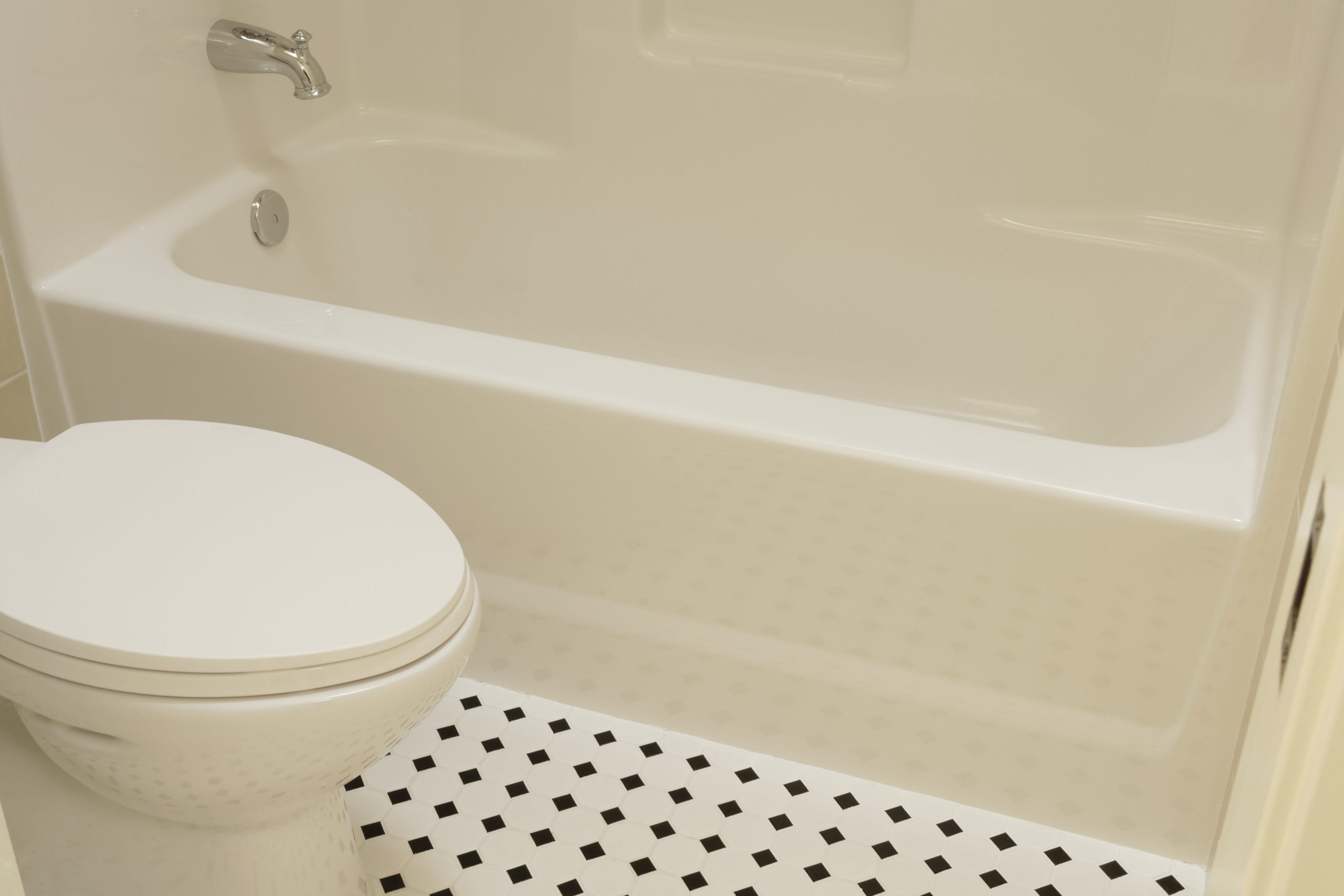
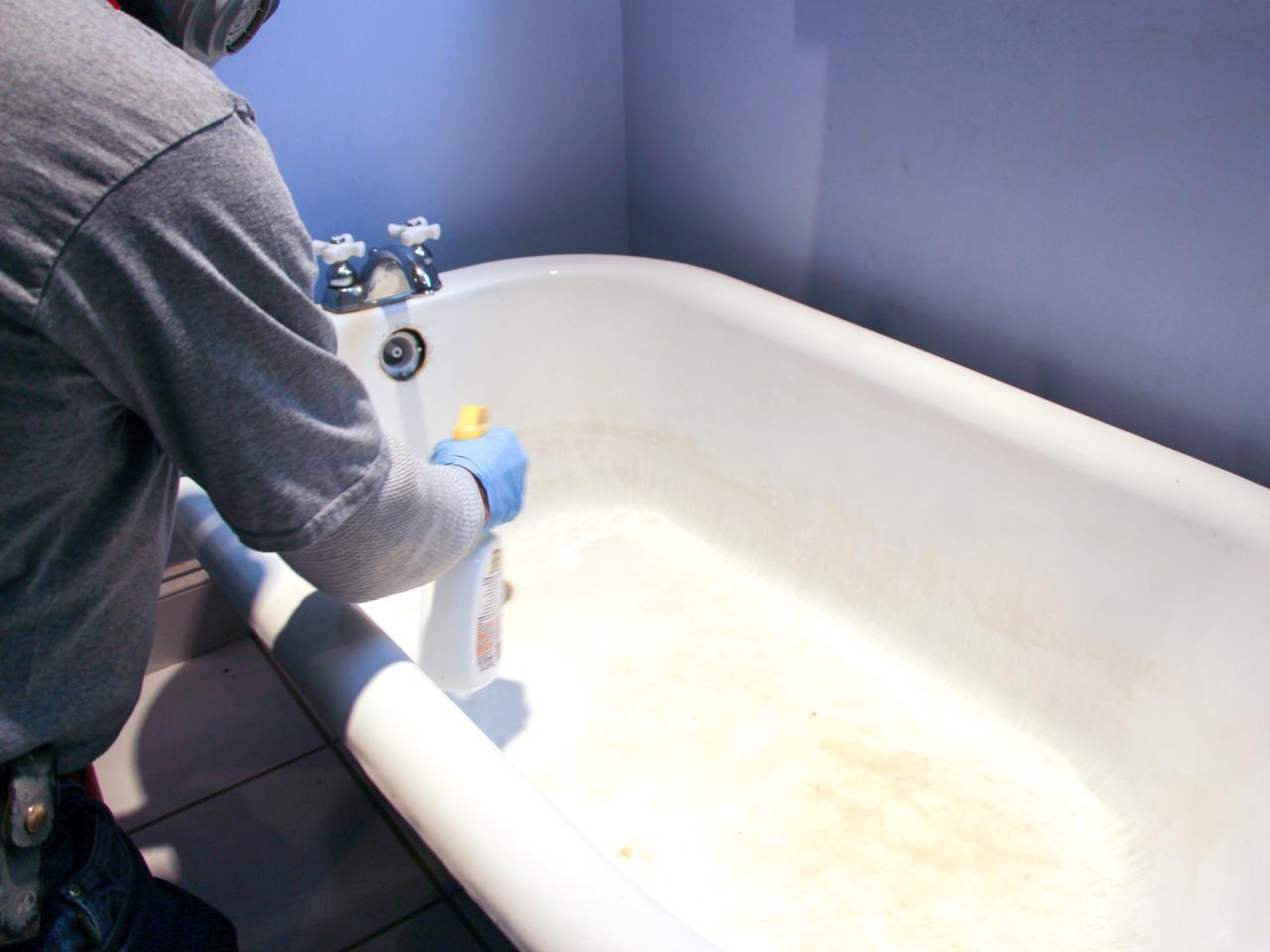
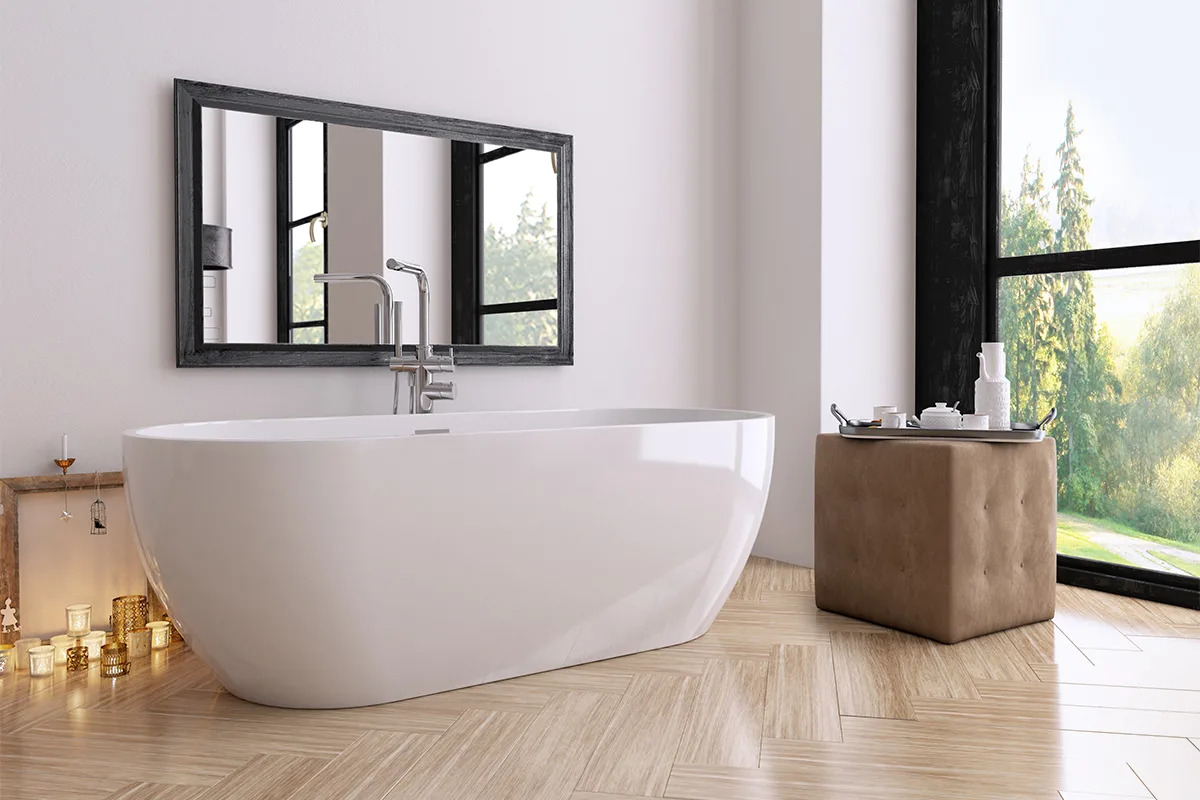
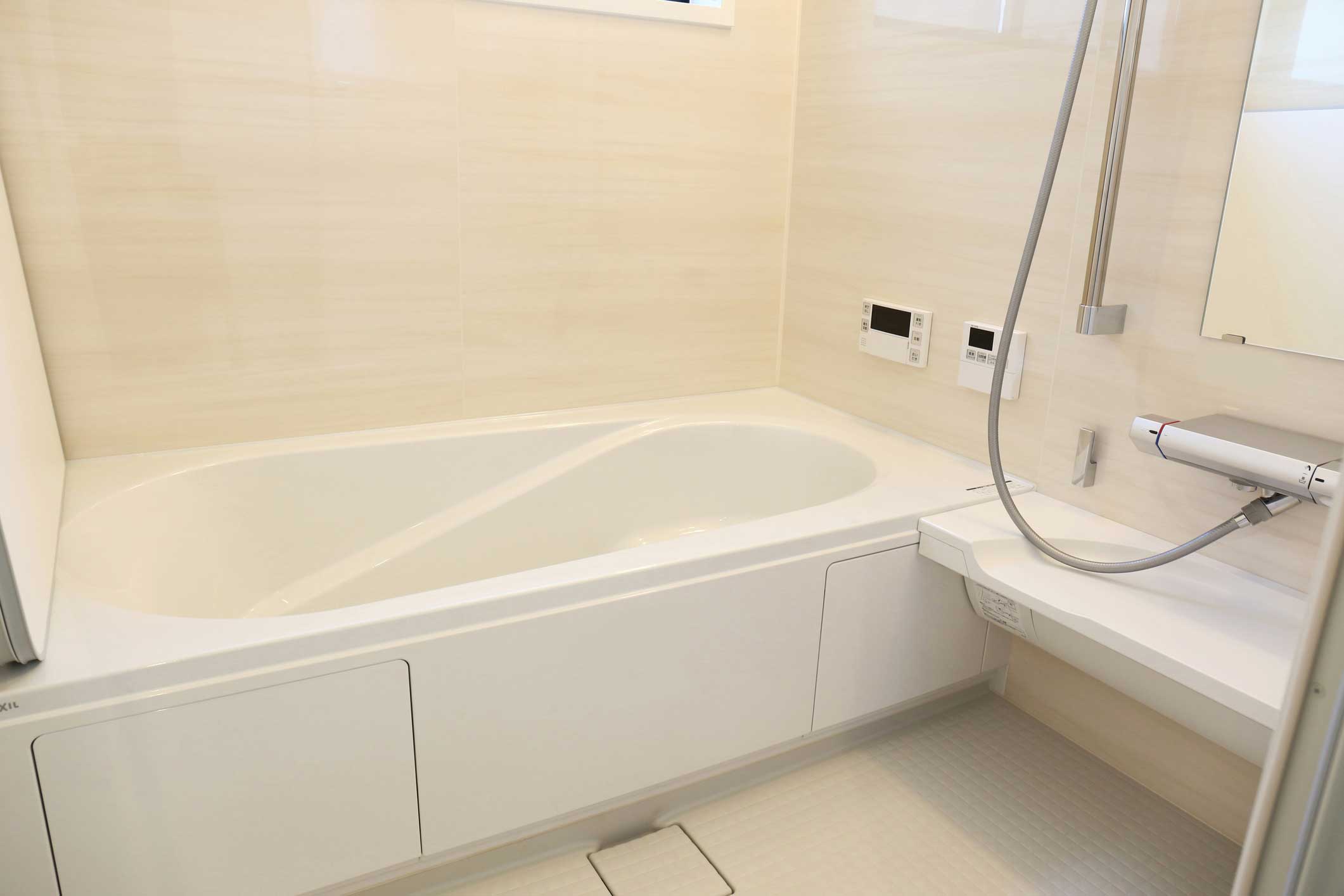
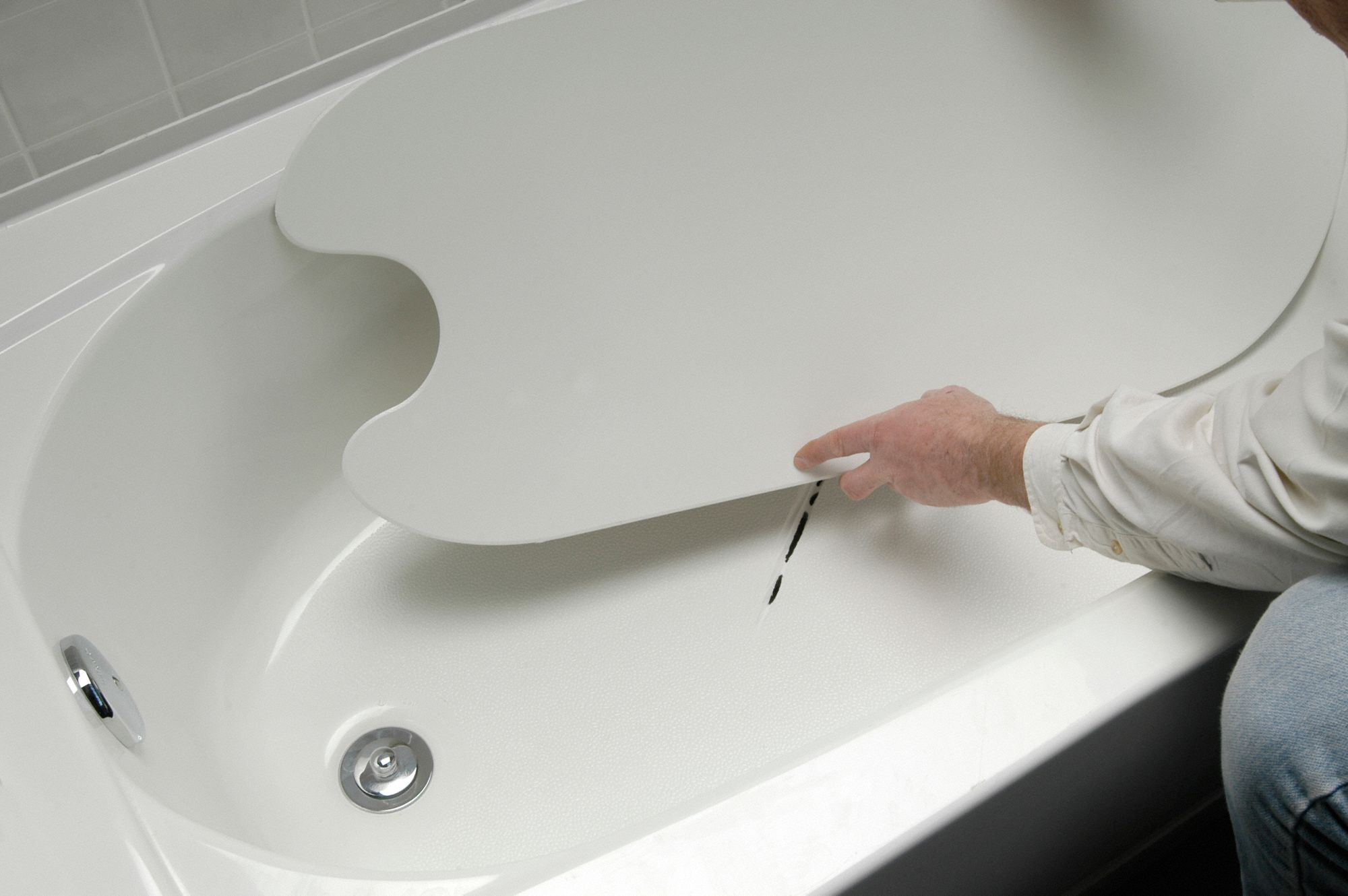


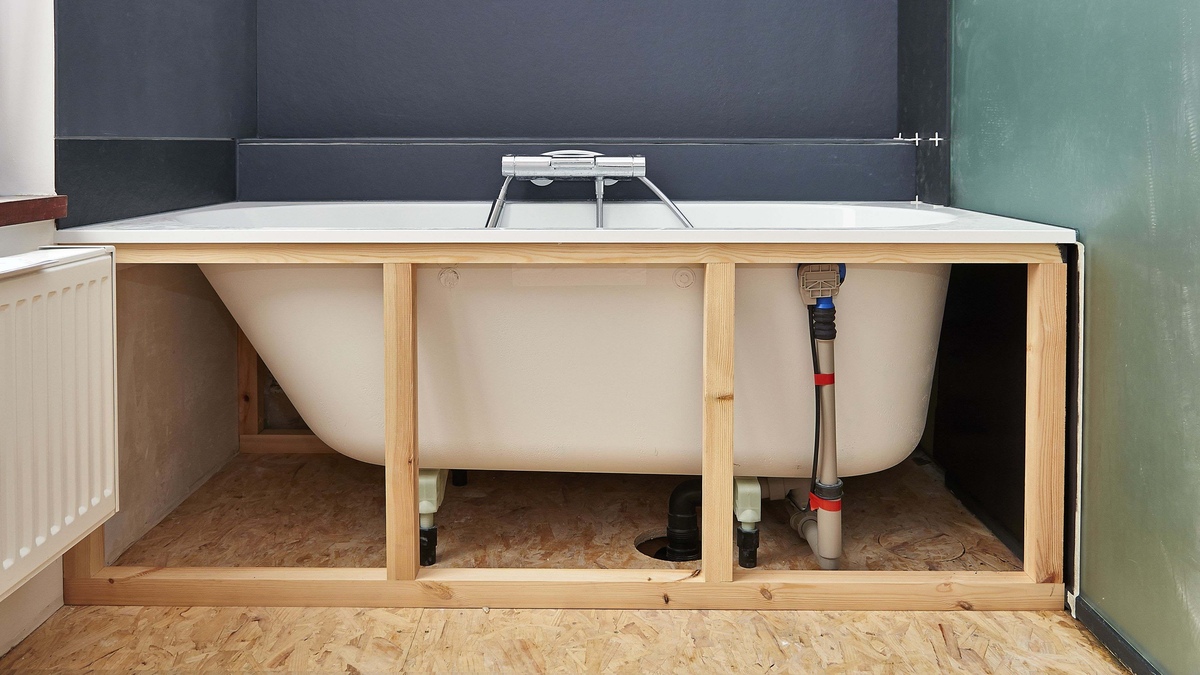
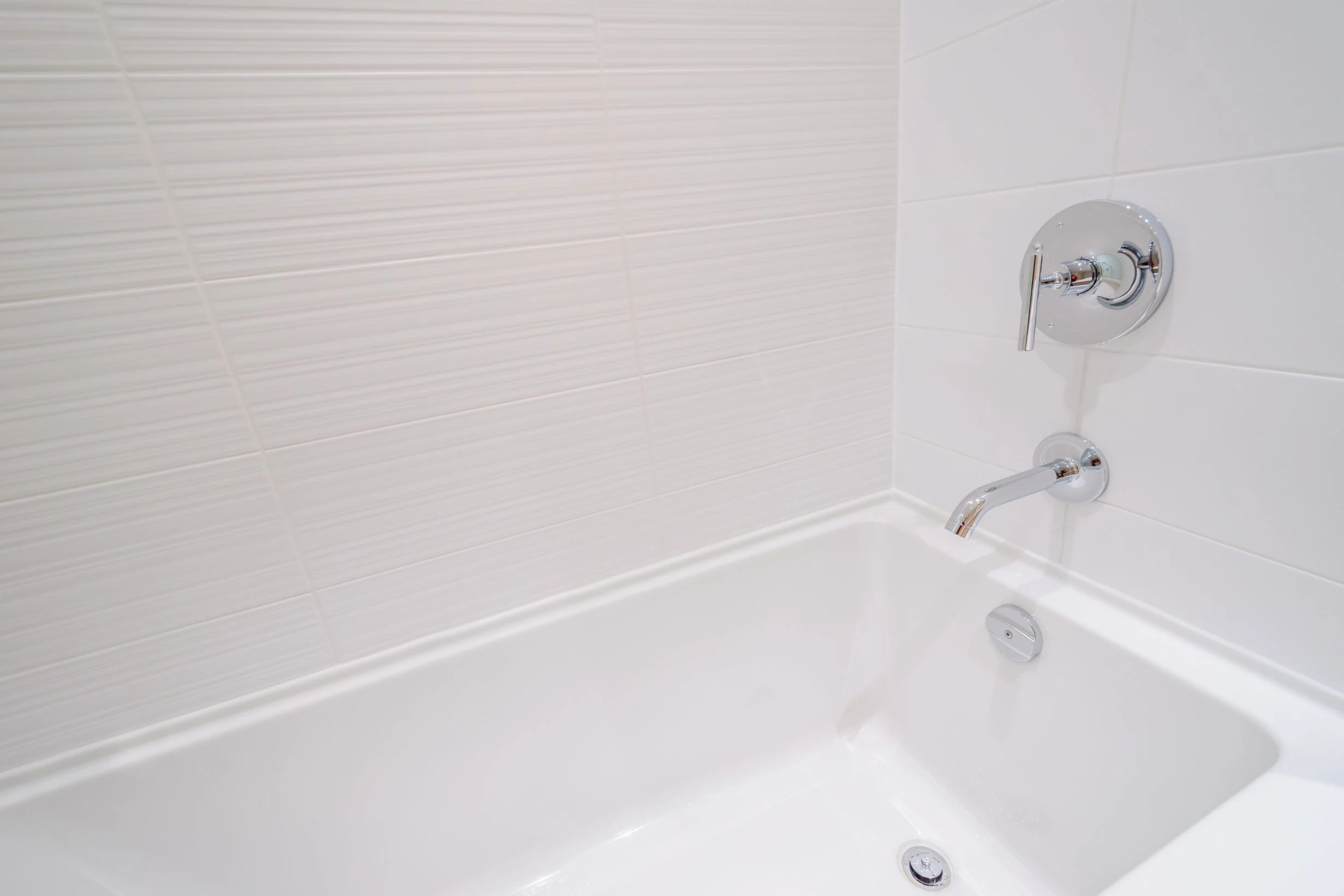

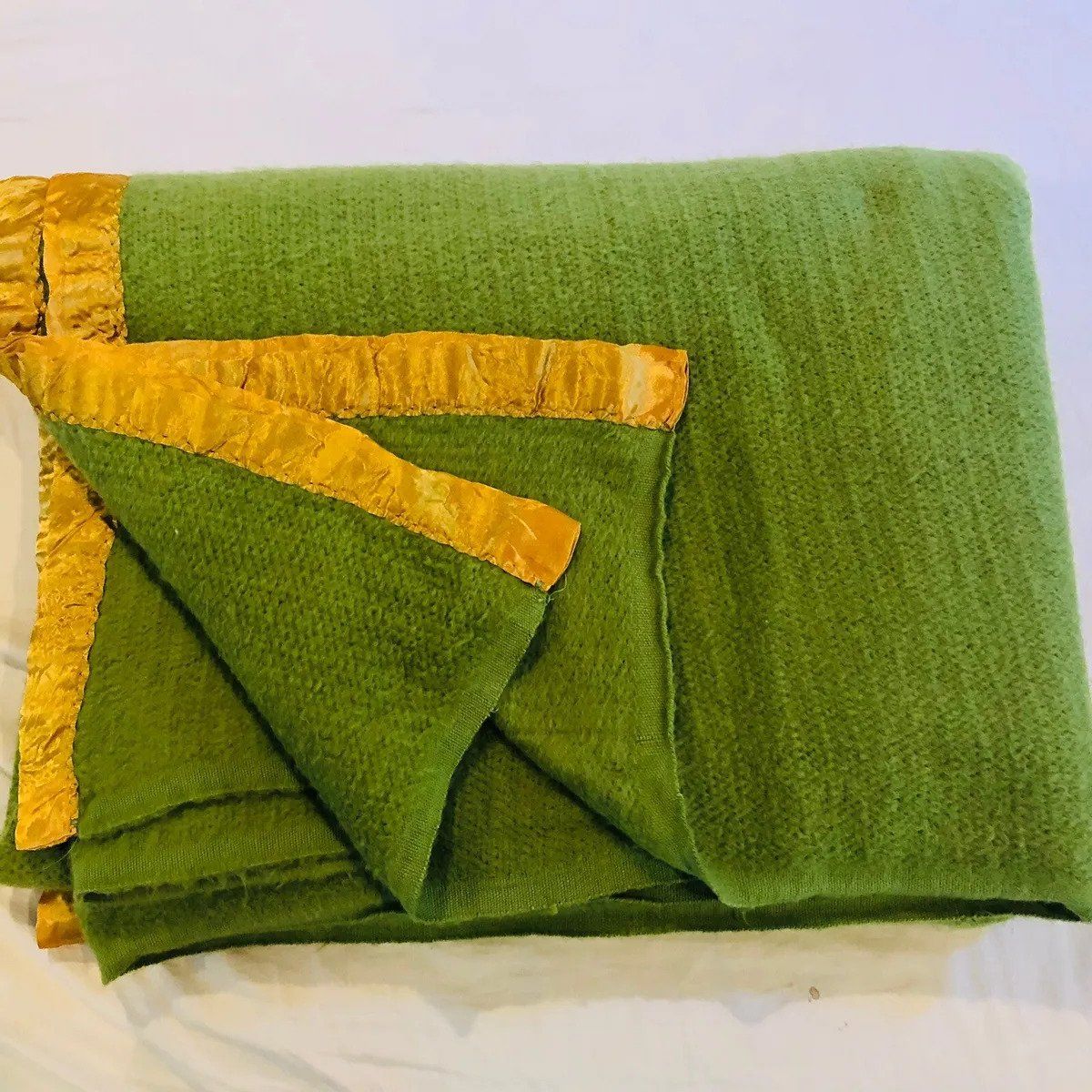
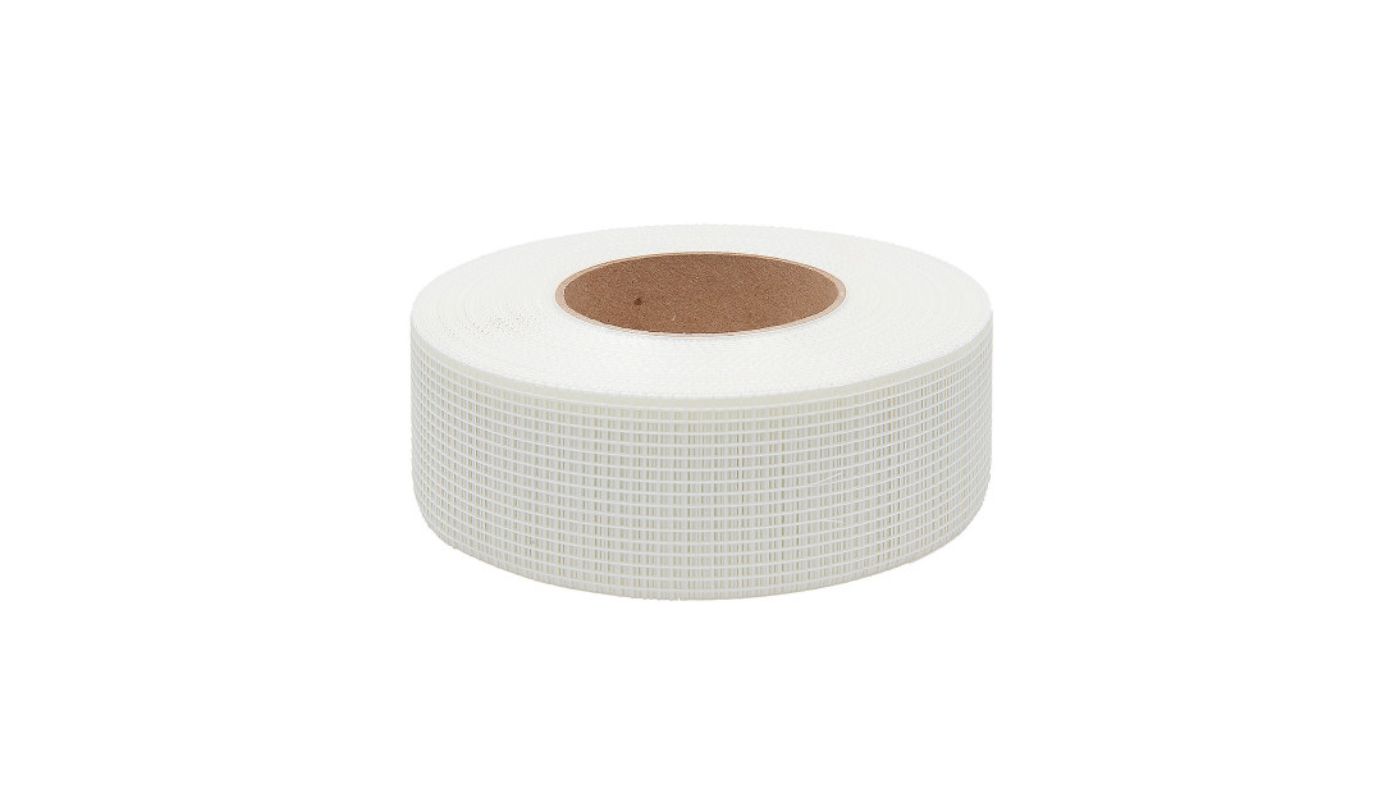
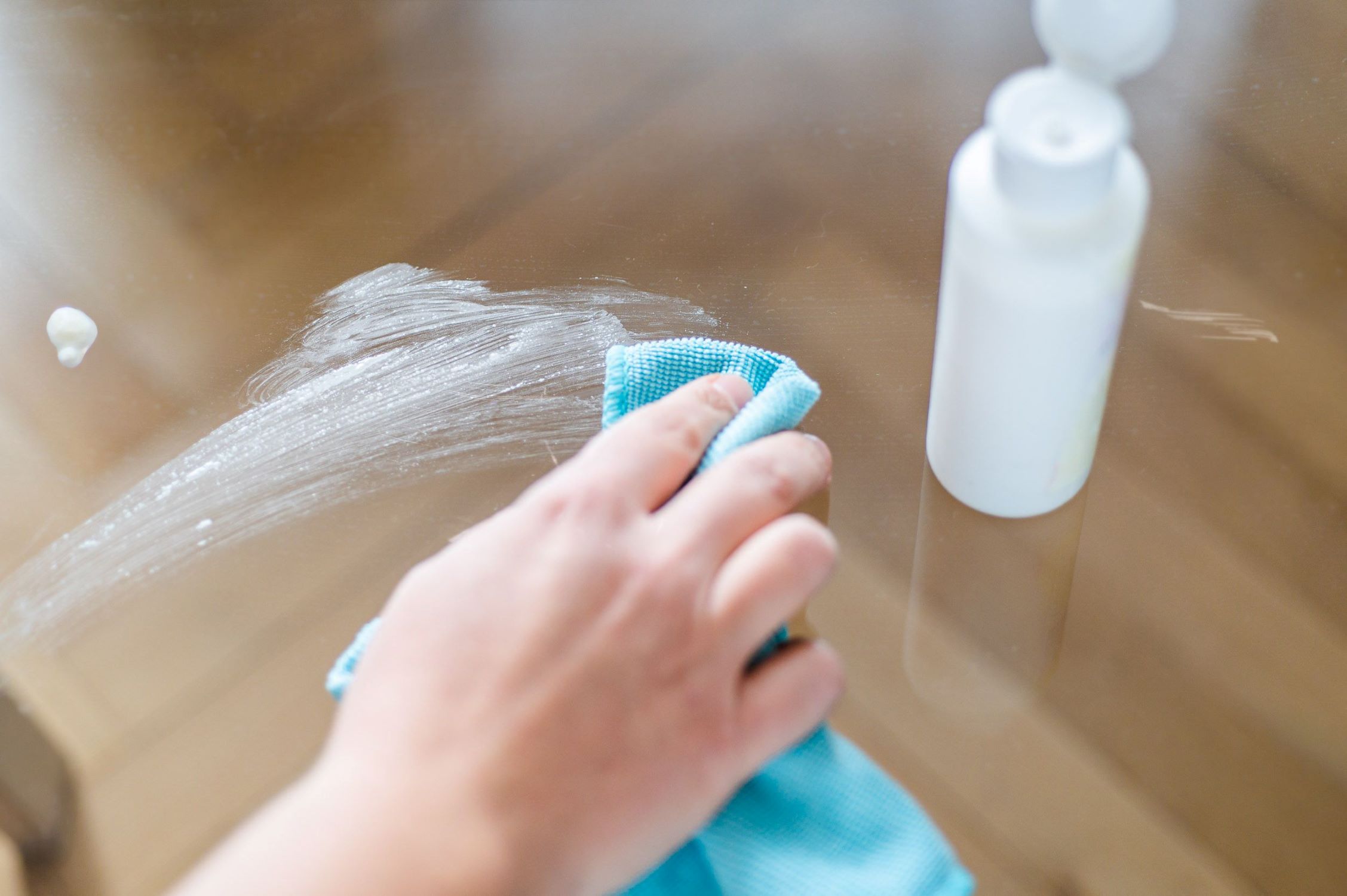

0 thoughts on “How To Tell If A Bathtub Is Acrylic Or Fiberglass?”